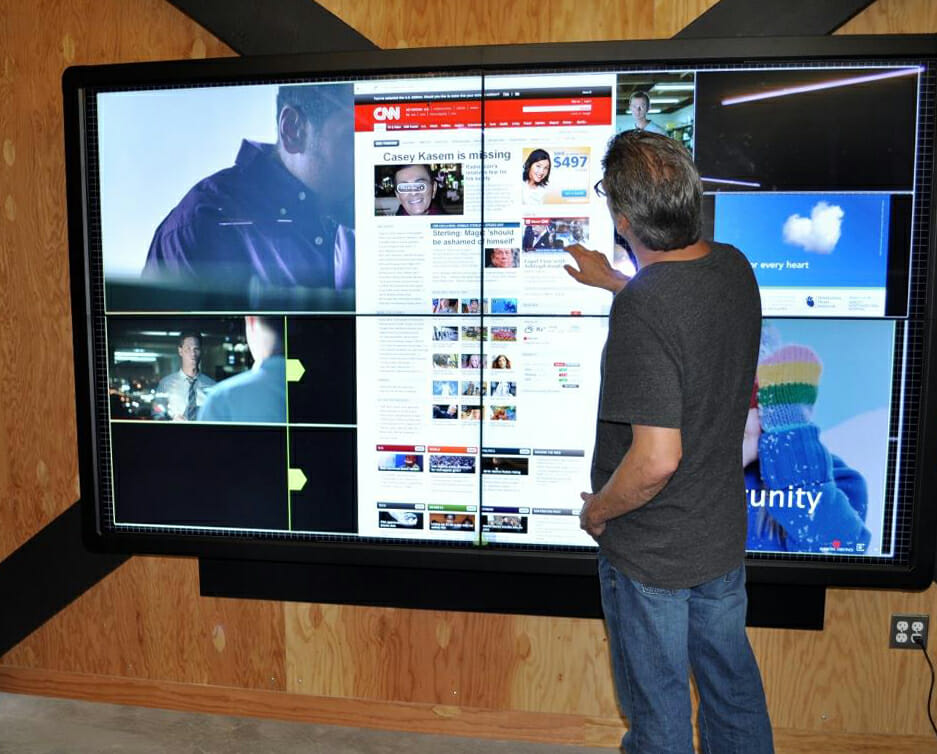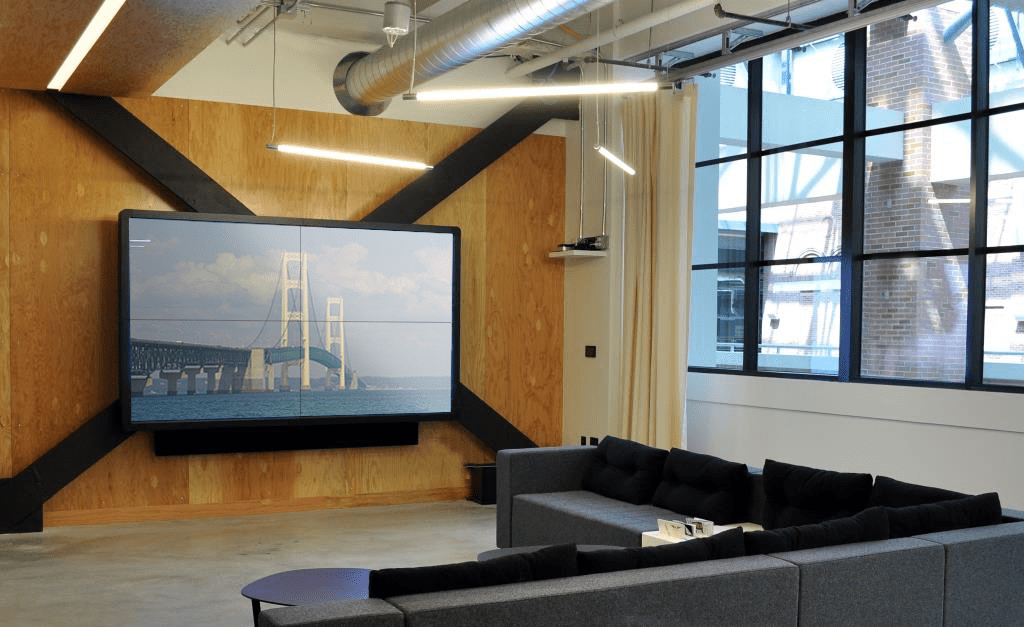As we’re midway through 2019, it’s time to start looking towards the future. And no, we’re not talking about the next few months. We’re talking about the growth of technology over the next few years that will shape the way our corporate workforce engages and communicates with team members around the world. While this technology is well underway and in the works, true innovation isn’t quite as widespread now as it will be in a few years. Meeting space innovation is beginning to shape the corporate landscape and is a trend that will only gain steam as we head towards 2020 and beyond. Those companies that innovate will lead, and those that don’t will be quickly left behind.
Luckily for company executives, leaders, and employees alike, the meeting space of the future will be designed and optimized to maximize corporate productivity and output. Every single part of how we operate during the workday, whether or not we are within the four walls of an office, can be made to run just a little bit smoother. This holds true as well for meeting spaces. Already the definition of a meeting space has begun to shift and change, leaving conference rooms behind for hallways, lobbies, and online video calls.
In today’s workforce as a whole continues to change the meaning of ‘meetings’ altogether, the meeting space has become a dynamic tool that organizations can leverage to create more focused, productive, and satisfied employees.

So, what will the meeting space of the future include?
Personalization
Today’s offices are all about making a comfortable, accessible workspace for employees. This is where we got the divisive trends of open plan offices, nap pods, and creative work environments. But, if technology has anything to do with it, this personalization can actually make employees more productive in the workplace. Already, things like personalized lighting in meeting rooms and temperature controls (which, although they got their start in the home, are slowly coming to office spaces) are starting to make meeting rooms feel more comfortable and welcoming. This means employees can waste less time shifting, fretting, and squinting, and more time getting down to business.
Automation
Another home trend that is making its way to the office is automation. Connectivity devices such as Amazon’s Alexa and the Google Home can do everything from turning on an oven to adding cheese to a grocery list. Soon, they’ll be able to get meetings up and running without any manual work. The addition of AI technology to meeting spaces means employees will be able to come into a meeting room, simply ask “Alexa, start my meeting” and sit back while the phones and screens are connected, the room is called in, and more. It may seem far-fetched, but so is asking a remote to change the channel.
Connectivity
The modern workforce is steadily leaving the confines of the office for the greener pastures of the remote lifestyle. So, in the future, it won’t be uncommon for a meeting to take place between people on a beach, in the mountains, and everywhere in between. The key is connectivity. With the right conferencing solutions, teams won’t even need physical meeting spaces anymore. Instead, they can take their creativity and collaboration on the road while having confidence in strong, connected conferencing solutions that leave nothing on the table. This connectivity is also important for teams looking to collaborate with customers, prospects, and partners who are outside their organization.
Instead of embarrassing situations involving ‘technical difficulties’, the modern workplace will leave nothing to chance, relying instead on powerful innovation and always-on support to ensure teams always bring their A-game when it’s needed most.
Ready to step into the future take your meeting spaces with you? Schedule a call today to see how Bluewater can help get you there!












